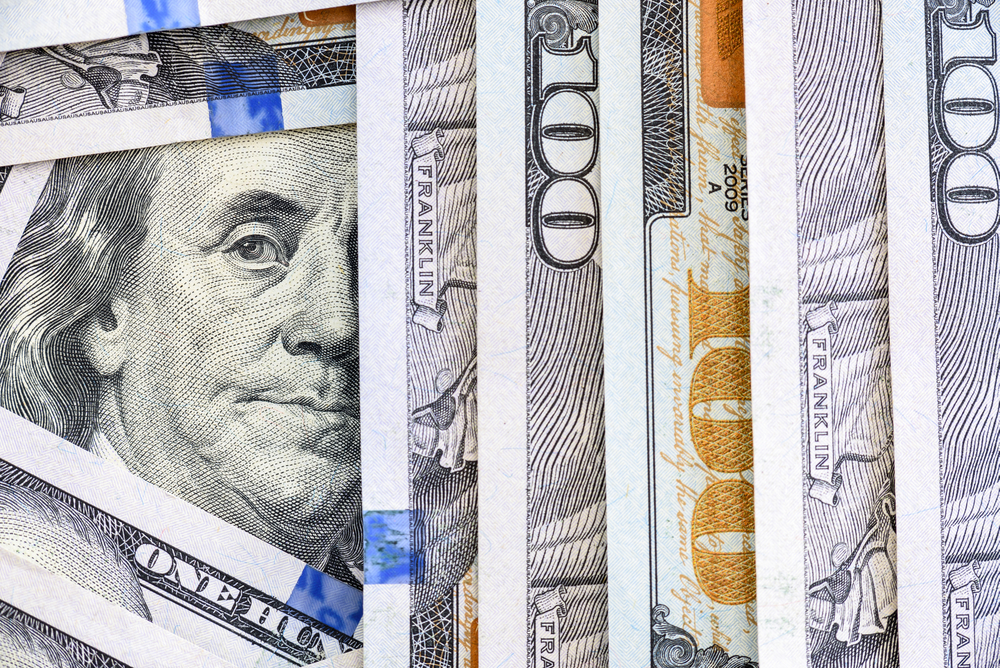Wed Sep 28, 2022
FOMC Impact on International Markets
The recent messages of influential members of the US Federal Reserve (FED), which is in a leading position in global markets in the face of inflationary pressures, are closely followed in terms of asset pricing.
After the meeting of the Federal Open Market Committee (FOMC) on September 20 – 21, the pressure of dollar-denominated assets in international markets has increased tremendously with the strong hawkish messages of influential members. At its critical September meeting, the FOMC increased the policy rate by 75 basis points for the third time in a row, raising the federal fund target to the 3.00-3.25 percent range.
After the meeting, President Jerome Powell emphasized that they are determined to bring inflation back to the %2 target, noting that the mid-point of interest rate hike expectations until the end of the year is 125 basis points.
Last Friday, again, Jerome Powell underlined that they are dealing with extraordinary economic disruptions and that as policymakers they are determined to use all means to reduce inflation to %2 targets. As a matter of fact, the President's statements today will be followed closely.
Then, at the beginning of the week, the new Boston FED President Susan Collins stated that pulling down inflation with a tight policy may bring some high unemployment, but the bank may need to take more measures against inflationary risks, while Atlanta FED President Raphael Bostic underlined that the FED should continue its tight stance in order to control inflation without any significant job loss.
In addition, yesterday, St. Louis FED President James Bullard, known as the representative of the hawk wing of the bank, pointed out that they are facing a very serious inflation problem and explained that the bank should continue to react tightly to deal with it while Cleveland Fed President Loretta Mester made statements that interest rates should be increased and policy should be kept restrictive for a while.
Finally, after Chicago FED President Charles Evans noted that they could take steps to avoid a recession after peaking the policy rate in March, even Minneapolis FED Chairman Neel Kashkari, known for his dovish attitude, gave the message of new tight steps, expressing that interest rate hikes should continue.
With the interest rate expectations after the hawkish statements from policymakers, there is officially a strong dollar hurricane in global markets. With the sales wave in the global market, the US 10-year treasury yields reached their highest level since April 2010 with %4.00, while the dollar index renewed its 20-year high with 114.68.
At this point, the weight of the role of the dollar as a safe harbor on assets with high-risk sensitivity is strongly felt. The leading indicator, the SP500 index, hit its lowest level since December 2020 with 3 609. Ounce gold, the leader of the precious metals group, which started the day with 1629, lost its value by approximately %1.5 and returned the gains it had since April 2020 with 1614 points.
To sum it up, FED Officials seem quite determined to reduce high inflation to the target rate of %2. However, in an environment where economic activity in the USA is more resilient than in the G-10 countries, the possibility of the dollar maintaining its dominance on international assets is a very concrete scenario unless there is a significant easing in inflation.
